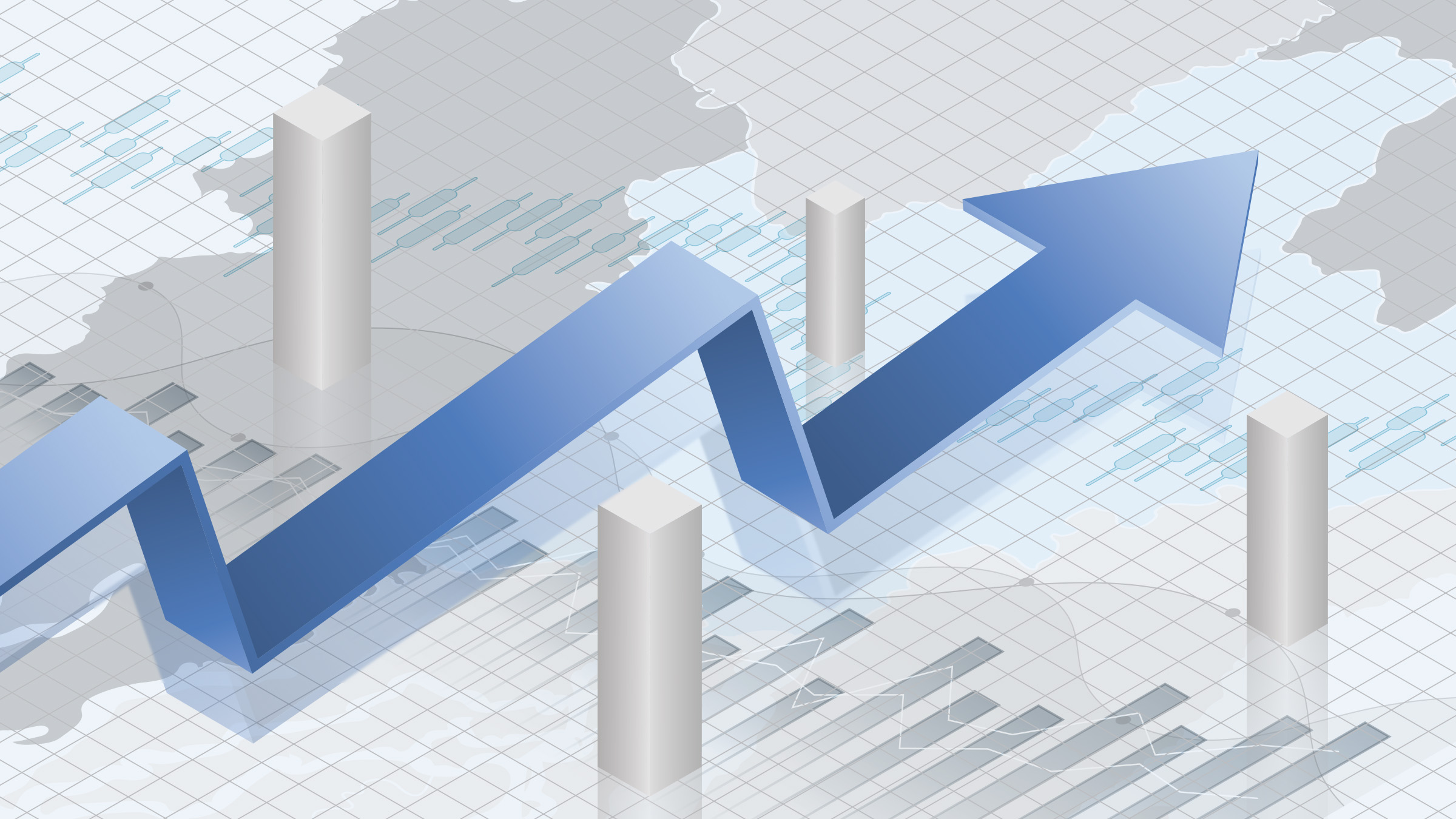Bangladesh’s Capital Market in Transition: Challenges and Opportunities Ahead
Suborna Akther Laboni
- Introduction
The capital market of Bangladesh, particularly the Dhaka Stock Exchange (DSE), has undergone significant fluctuations over the past 15 years. This period aligns with the regime under prolonged and assertive leadership of Sheikh Hasina, the then Prime Minister, during which political stability, economic policy choices, regulatory interventions, and global economic shifts have all shaped market dynamics. From the euphoric highs of 2010 to the sharp downturn in 2011, followed by a period of cautious recovery and the profound impact of the COVID-19 pandemic, the stock market has navigated a complex and often volatile trajectory. As Bangladesh begins to transition beyond the Sheikh Hasina era in mid-2024, investor sentiment is marked by both uncertainty and anticipation. This article examines the historical performance of the market, the political and economic forces at play, and the potential direction of the market in a post-July context.
- Historical Overview: Market Milestones and Regime Context
2.1 The 2010 Bull Market: Euphoria and Excess
During Sheikh Hasina’s first term as Prime Minister (2009 onward), the Bangladesh capital market experienced a speculative boom in 2010. Liberal credit policies, margin loans, and excessive participation by retail investors created an overheated market. DSE General Index surpassed 8,900 points, reflecting abnormal price-to-earnings ratios and a lack of fundamental justification.
Investor optimism was fueled by a lack of awareness, inadequate regulatory supervision, and easy credit from merchant banks. The DSE General Index (DGEN) peaked at 8,900 points in 2010, driven by speculation and manipulation rather than actual company performance. It lacked free-float adjustment, making it misleading and inflated. The resulting crash exposed market weaknesses, and the index was officially discontinued in 2013, replaced by the DSEX. The ruling Awami League government, while emphasizing development and digitization, failed to restrain the unsustainable bubble in time. Political influence over regulatory bodies, such as the Bangladesh Securities and Exchange Commission (BSEC), was also cited as a contributing factor.
2.2 The 2011 Crash: A Crisis of Confidence
In early 2011, the bubble burst. The DSE index dropped by over 50% within months, causing massive financial losses. Protests erupted across the country as small investors demanded compensation. Many retail investors lost their life savings, with significant psychological and political repercussions. The government responded with a bailout package, changes in BSEC leadership, and promised reforms. But these were often piecemeal and lacked coordination. Confidence remained low for several years. This phase marked a significant turning point in public perception of the stock market as an unreliable investment avenue.
2.3 2012–2017: Stabilization Without Strong Recovery
From 2012 to 2017, the market exhibited subdued performance. Despite political stability and moderate economic growth, the DSE moved sideways with low investor participation. Foreign portfolio investment was minimal. Although some corporate governance reforms were introduced, they failed to generate investor enthusiasm. The low interest rate environment helped prevent further capital flight, but the lack of quality IPOs, dominance of financial sector stocks, and inconsistent dividend policies deterred participation. Retail investors, having been burned in 2011, remained cautious. Institutional investors dominated, but their activities were limited due to shallow market depth.
2.4 The 2017–2018 Rally: Temporary Revival
In late 2017 and early 2018, the DSE experienced a moderate rally. This was driven by optimism about macroeconomic indicators, Bangladesh’s graduation from LDC status, and political calm ahead of the 2018 elections. The DSEX index crossed 6,300 points. However, the rally was short-lived. Overvaluation concerns, banking sector stress, and lack of foreign interest caused corrections. Market turnover remained low. By mid-2018, the index began declining again. Though no crash occurred, the momentum could not be sustained.
2.5 2019–2020: From Crisis to Pandemic
In 2019, market sentiment remained weak due to growing concerns about non-performing loans (NPLs), liquidity crises in banks, and governance issues in listed companies. Investors also criticized the regulatory inefficiency of the BSEC. The COVID-19 pandemic in early 2020 brought new shocks. For the first time in history, trading at DSE was halted for several weeks due to public health concerns. Economic uncertainty and fear drove prices down. Corporate earnings shrank, and IPOs dried up. Though the government introduced stimulus packages, the market did not recover immediately.
2.6 2021–2022: Rebound and Retail Return
The market rebounded strongly in 2021. A combination of low interest rates, improved digital trading platforms, and higher savings inflows (due to reduced spending during the pandemic) pushed the DSE upward. The DSEX hit an all-time high of over 7,300 in September 2021. Retail investors returned in large numbers, many of them first-time traders using mobile trading apps. The BSEC, under new leadership, also attempted reforms, such as capping IPO premiums and encouraging corporate disclosures. However, this bullish phase was again undermined by external factors in 2022: global inflation, energy crises due to the Russia-Ukraine war, and rising US interest rates. The Bangladesh Taka depreciated, foreign reserves fell, and economic pressure increased.
2.7 2023: Mixed Signals Before Transition
2023 was marked by political uncertainty before the national elections, rising inflation, and energy-related disruptions. While economic growth projections remained above 5%, capital market performance lagged. Investors remained cautious. The BSEC struggled to introduce high-quality listings. Meanwhile, rumors of insider trading, delays in corporate reporting, and opaque governance practices persisted.
- Post-2024 Transition: New Era or Same Old?
3.1 The Political Transition Post-July 2024
In July 2024, Sheikh Hasina stepped down facing a student-led mass-uprising after more than a decade of rule. A new administration, emerging from the July mass-uprising, pledged institutional reforms and better governance. However, capital market reform was not among the top initial priorities. Investors greeted the interim government with skepticism. Trading volume remained low. Institutional investors waited for policy clarity. Foreign investors sought regulatory transparency and macroeconomic stability before re-entry.
3.2 Market Performance and Investor Sentiment
From July 2024 to early 2025, the DSE exhibited flat or slightly declining trends. The lack of bullish drivers, the absence of large IPOs, and general policy inertia contributed to market stagnation. The new government announced reviews of BSEC functioning and promised capital market development initiatives, but implementation lagged. Investor fatigue deepened. Many retail participants exited or reduced exposure, fearing renewed volatility.
3.3 Regulatory Landscape and Structural Weaknesses
While the BSEC remained operational, it faced criticism for reactive policymaking. Reforms promised after the 2010 crash – including demutualization of exchanges, improved listing rules, and enhanced investor protection mechanisms – remained only partially implemented.
Key structural weaknesses persisted:
- Low market capitalization relative to GDP
- Dominance of banking and financial stocks
- Lack of sectoral diversification
- Thin institutional investor base
- Absence of high-tech or innovative company listings
- Bull vs Bear Phases: A Comparative Timeline
| Period | Phase | Index Movement | Major Factors |
| 2009–2010 | Bull | Rapid rise to 8,900+ | Loose credit, weak regulation |
| 2011–2013 | Bear | Crash, loss of 50%+ | Bubble burst, investor panic |
| 2014–2016 | Sideways | Flat trends | Low confidence, few reforms |
| 2017–2018 | Bullish | Up to 6,300+ | Pre-election optimism |
| 2019–2020 | Bearish | Decline + COVID shock | Economic instability |
| 2021–Mid 2022 | Bull | Record highs (7,300+) | Retail return, digital access |
| Late 2022–2023 | Bearish | Decline begins | Global shocks, local pressures |
| Post-July 2024 | Flat/Weak | No major rally | Political transition, uncertainty |
Source: Author’s formulation from different sources.
- The Role of Governance and Policy
A recurring theme in the Bangladesh stock market’s performance has been governance. Political commitment to capital market development has often been rhetorical rather than actionable. During Sheikh Hasina’s rule, although infrastructure and economic policies improved significantly, capital market reform remained a lower priority. Appointments to regulatory bodies often lacked independence. Coordination among ministries (Finance, Commerce, Law) and regulators (BSEC, Bangladesh Bank) was poor. Investor education initiatives were sporadic. Despite the creation of the Financial Reporting Council (FRC), enforcement of standards remained weak.
- Recommendations for the Future
The stock market that has remained largely unregulated for most of its existence cannot be expected to achieve sustainable growth in just one year; meaningful progress requires consistent oversight, structural reform, and long-term commitment, not short-lived optimism or cosmetic policy shifts.
To look beyond 2025, Bangladesh should adopt a long-term strategy — a Capital Market Vision. This vision should focus on:
- Achieving market capitalization equivalent to at least 50% of GDP
- Listing 100+ quality companies, including MNCs and large family-owned businesses
- Full automation and digital integration of all trading, settlement, and reporting mechanisms
- Regional financial integration with South Asia and ASEAN capital markets
- Active and liquid bond market, including green bonds and infrastructure bonds
With visionary leadership, bold reforms, and regional cooperation, the Bangladesh stock market can become a pillar of inclusive economic growth.
- Conclusion
The Bangladesh stock market has journeyed through optimism, crisis, recovery, and stagnation. The leadership of Sheikh Hasina oversaw both explosive growth and painful decline. Despite long periods of political stability and economic growth, capital market development was hindered by weak regulation, inadequate reforms, and low investor confidence. As the country enters a new era post-2024, a proactive, reform-oriented approach is needed. The capital market must become a true engine of national development, not a speculative playground. Strategic planning, regulatory integrity, and investor trust will determine the market’s future trajectory. Without these, Bangladesh risks another decade of missed opportunities.
References:
Ahmed, S., & Rahman, M. (2020). Politics and policy in Bangladesh: A decade of AL rule (2009–2019). Centre for Policy Dialogue (CPD).
Asian Development Bank. (2020). Strengthening capital markets in Bangladesh: Policy and institutional reforms. https://www.adb.org
Bangladesh Bank. (n.d.). Monetary policy statement. https://www.bb.org.bd
Bangladesh Securities and Exchange Commission. (2022). Capital market development plan 2021–2030. https://www.sec.gov.bd
Financial Reporting Council (Bangladesh). (2023). Annual review of financial reporting standards. https://www.frcbd.org
IMF. (2021). Policy responses to COVID-19 in Bangladesh. https://www.imf.org/en/Topics/imf-and-covid19/Policy-Responses-to-COVID-19
Islam, M. S. (2011). Capital market of Bangladesh: Volatility in the DSE and role of regulators. Bangladesh Bank Policy Paper Series, 4(1), 1–20.
Rahman, M. L., & Uddin, M. J. (2012). Stock market crash in 2011: Reasons & roles of regulators in Bangladesh. Journal of Business and Technology (Dhaka), 7(2), 45–58.
Transparency International Bangladesh. (2018). Regulatory capture in financial institutions. https://www.ti-bangladesh.org
World Bank. (2022). Bangladesh development update: Recovery and resilience. https://www.worldbank.org/en/country/bangladesh/publication/bangladesh-development-update
Author’s Biography:
 Suborna Akther Laboni, Research Associate, Dacca Institute of Research and Analytics (daira)
Suborna Akther Laboni, Research Associate, Dacca Institute of Research and Analytics (daira)


